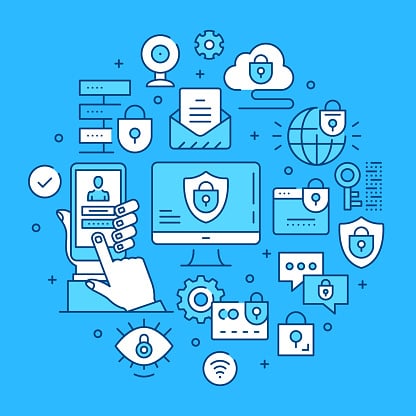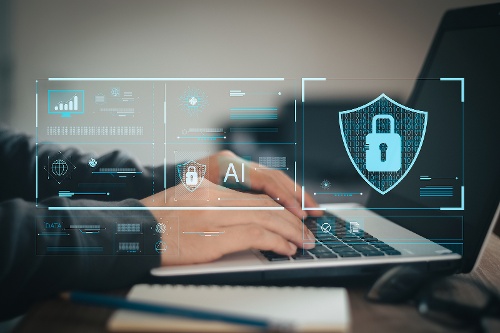Discovering Tableau: a step-by-step implementation guide
In the fast-paced world of data analytics, having tools that simplify the understanding and presentation of information is essential. In this...
With the advent of digitization, companies have more and more channels enabled on the network.
Companies in the financial sector, banks, finance companies, insurance companies, and cooperatives, among others, provide many services digitally; this is already a fundamental issue for this sector and rather compete by innovating with new and more digital services.
However, this poses a significant challenge for this sector, which has to do with the whole cybersecurity issue and permeates various organization and service infrastructure levels.
The number of channels and tools with which the financial sector provides services to its customers (external and internal) is evident: Apps, service portals, information sites, email services, VPN, teleworking, Etc. This reality increases the risk of attacks in a sector that has always been a "favorite" of hackers.

And it is in the financial sector where more and very diverse sensitive customer data is handled:
The financial sector's risks in terms of cybersecurity range from technical aspects to human aspects. Some factors that consider these two aspects:
As we can see, these aspects of cybersecurity involve the necessary and appropriate technological tools and the necessary processes to provide organizations with secure ways of operating that can be audited and constantly improved.
What is secure today is no longer secure tomorrow. Just as we are advancing every day with more and better systems in organizations, hackers are also constantly "innovating" in the way they carry out their criminal activities to find new vulnerabilities.
The UN says, every 39 seconds, computer attacks are registered, figure increasing quantity and complexity.
Challenges are many, and the best initiative to manage this reality is not to take it lightly. The accelerated digitalization that we have experienced as a result of the pandemic is a factor that has played against us since "there was no time" to properly integrate the cybersecurity chapter within the various digital transformation initiatives of some companies.
So here are ten concrete actions that will help mitigate the risk of vulnerabilities:

In conclusion, cybersecurity is an increasingly crucial issue within financial organizations and has become more relevant due to the accelerated digitalization processes of the last two years.
The defense factor is not only technical, and it involves processes, organizational culture, and people's awareness to understand that all of this can represent vulnerabilities that hackers can use.
If you have any questions about updating your digitization tools or how to update your processes, feel free to contact us.
You may be interested in Magento 2.4 Migration and Upgrade Guide.

In the fast-paced world of data analytics, having tools that simplify the understanding and presentation of information is essential. In this...

Coca-Cola is undoubtedly one of the most recognized brands in the world, with a market presence that dates back to its beginnings in 1886 when John...

The term “big data” is used to describe large amount of data which can be either structured (information commonly found in most databases that are...